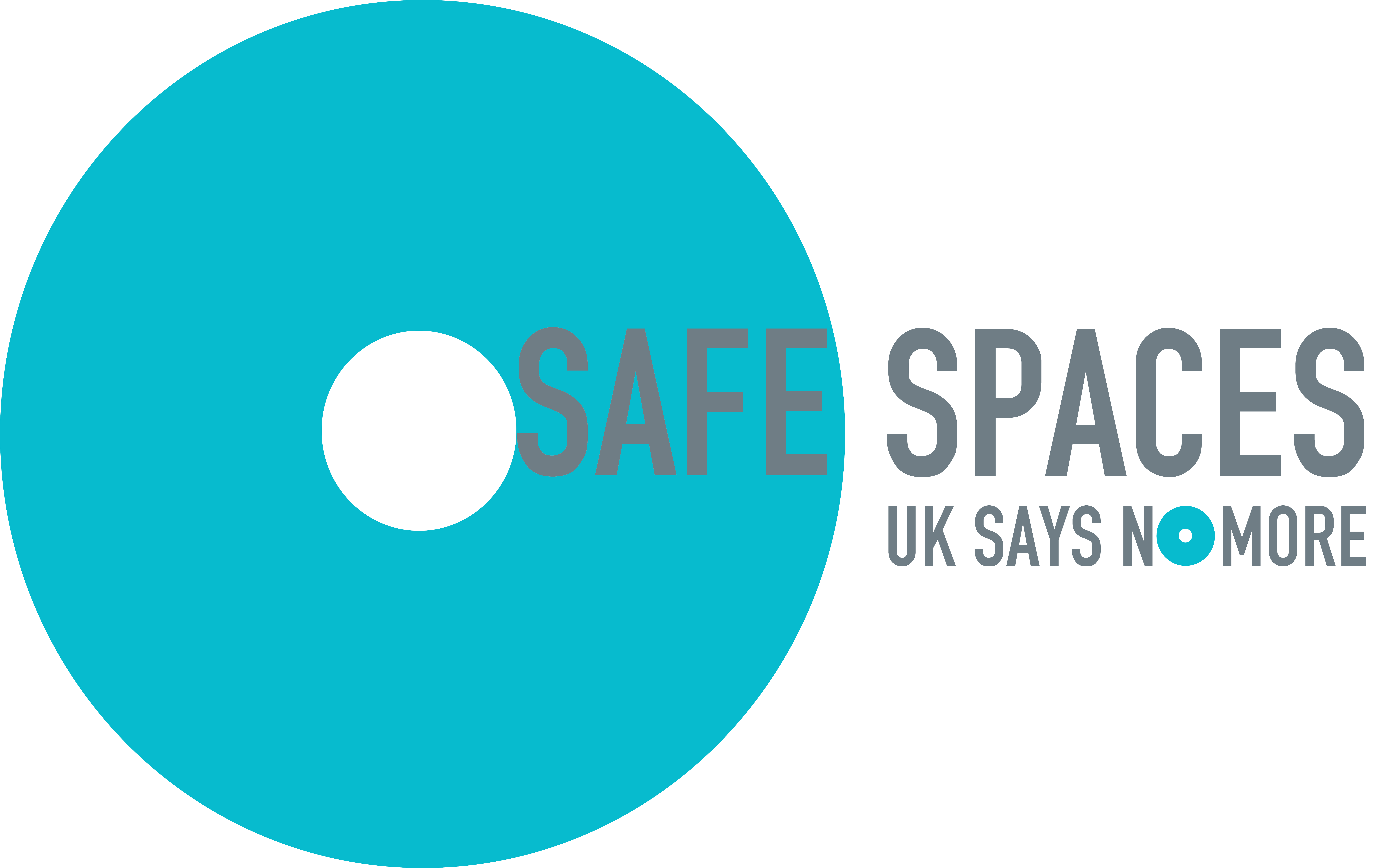Fire Risk Assessments - FAQs
Not sure what to expect in a Fire Risk Assessment (FRA)? Read on to find out the basics!
A Fire Risk Assessment (FRA) is an inspection of one of our buildings with an internal shared/communal area. The purpose of a FRA is to
- Assess the risk of a fire occurring
- Assess the likelihood of residents being able to respond to a fire
- Assess the consequences of a fire occurring in the building
- Recommend appropriate actions to ensure the safety of residents and the building.
It is a legal requirement that we undertake a FRA in every building that has an internal shared/ communal area. We are committing to making our business more transparent, so all FRAs and key fire safety information for your building is available to download on the Riskhub Resident Hub.
We employ experienced, qualified, independent specialist assessors from Savills to carry out the assessments. As part of this task the assessor may speak to those on site. They then produce a report (the FRA) with all the information they have gathered and record any recommendations and/or actions for us to address. We then put in place a plan to carry out the recommendations to ensure the building and your home are as safe as reasonably practical.

Using the Riskhub Resident Hub is really easy and there is no registration needed to access your fire safety information.
- You will first need your unique building reference number which you can click the button below to find.
- Please note down this number, then visit the Riskhub Resident Hub, fill in your unique building reference number and click ‘continue’.
- You will be taken to a screen where you will need to provide your name, flat number and contact details before selecting which document you’d like to download.
We're working hard to complete the recommendations made in the FRA. We have over 1,800 FRAs which are reviewed at different intervals over a three-year cycle.
On occasion it is not possible for us to meet the desired target dates for actions set out in the assessment. Our dedicated Fire Safety Team and Savills constantly review the target dates set out in the FRA and the programme of work planned to see if the extended target date can be met and or they need to be extended.
The FRAs available on the Riskhub Resident Hub are a copy of the assessment at the time it is handed over to SNG. If you need to know the exact position of the recommendations identified, please get in touch with our fire safety team who can arrange to send you the latest version of the document. You can do this by emailing firesafety@networkhomes.org.uk.
There are number of reasons why an FRA may be reviewed sooner than initially planned. Most commonly, when there is a significant change of use, occupancy or construction queries to the premises.
In early 2020 new Government published guidance urging building owners to investigate buildings with the external wall system such as rendered insulation, cladding, timber, balconies etc, concentrating on buildings over 18m. This is to ensure the buildings have been constructed in accordance to the design specifications. These inspections are intrusive and can sometime identify problems not previously identified. It has been widely reported that there is a national shortage of the qualified fire engineers who can do these types of investigation and there is high demand across the industry for these individuals to carry out building safety investigations, which are separate to our usual fire risk assessments. We're are proud to say that we've assessed all our buildings over 18m and are working to resolve any problems which have been identified.
The Fire Safety (England) Regulations 2022 require owners to assess materials used in external wall systems as part of the fire risk assessment. FRAs may require a more detailed fire risk appraisal to be happen if there is a known or suspected risk. We're continuing to carry out investigations into all our buildings with external wall systems, prioritising buildings based on their construction type. A programme has been developed for this and it is currently underway. If you need to know when your building is due to be investigated, please contact us and ask to speak to our dedicated Building Safety Team.
The London Fire Brigade offers the Home Fire Safety Checker - a free online tool which guides you through an assessment of your home, helping you to uncover fire risks and giving you tailored advice.
If you live in London, for more vulnerable residents or those at higher risk, you can book a Home Fire Safety Visit from your local fire crew.
If you live in Hertfordshire, you can request a 'Safe and Well' Home Visit.
A guide to your FRA
Below are some terms, words and phrases that you may come across in the fire safety documents available on the Riskhub Resident Hub.
Compartmentation
Fire compartmentation is when a building is constructed to be divided into separate fire-resisting areas to help prevent a fire from spreading. It keeps the fire contained in one area, preventing it from reaching other parts of the building or nearby buildings.
Fire door
Fire doors are installed in a building to prevent the spread of fire and smoke. Fire doors are only effective when kept closed, some are fitted with a self-closing device or are kept locked shut.
Responsible person
Legislation places fire safety duties on Responsible Persons for buildings requiring a fire risk assessment. The Responsible Person has legal responsibility for fire safety in a building or workplace. They must take all reasonable steps to reduce fire risk and ensure the safe escape of the property in case of a fire. The Responsible Person is usually the company or organisation which owns and operates the building.
Emergency lighting
Emergency lighting is fitted in escape routes in some buildings and will operate if the main power supply fails to ensure enough light to enable people to escape safely.
Fire alarm system
A fire alarm system is fitted in common areas of buildings, where people are required to evacuate immediately in the event of a fire. It includes devices to detect smoke or heat and sounders or bells to raise the alarm. In smaller properties, these could be smoke or heat alarms in your home. In larger properties, the system will often have a control panel, and the fire detectors and sounders will not be in individual homes. Purpose-built blocks of flats are flats that were constructed to be flats from the beginning, not converted house for example. Purpose-built blocks of flats generally do not require fire alarm systems in the common areas.
Fire mains
In some larger or taller buildings where the Fire and Rescue Service would need excessive hose lengths to get water to fight a fire, an alternative fixed pipe system will be provided. This is known as a ‘fire main’. This allows a hose to be connected to a water supply much closer to the location of a fire.
Lightning protection
On taller buildings where there is a risk of a lightning strike starting a fire, a lightning protection system will be fitted to transfer the electricity from a strike down to the ground. This is typically a copper conductor which runs down the external wall from the highest part of the building to an earthing connection point.
The FRA for a building provides an overall risk rating, which depends on the nature of the risks identified during the assessment. It is based on both how likely a fire is to occur and the potential consequences if it does.
If there are no significant risks identified which require resolution, the building will be given a Tolerable risk rating.
If there are some risks identified which require attention, the risk rating will be set at
Moderate. This will be reduced to Tolerable when the issues have been resolved.
Finally, where serious risks are identified, the risk rating may be set at Substantial.
This will require the Responsible Person to take action quickly to resolve the issues, after which the risk rating will be reduced to Moderate or Tolerable as appropriate.
An evacuation strategy is the action you should take in the unlikely event of a fire or other emergency. You can find a reminder of what the strategy is for your building and what to do in the event of a fire on the fire action notices which are installed in the communal area. Please take the time to check the fire action notice in your building to ensure you are familiar with the strategy in place, and if you have any questions, please email firesafety@networkhomes.org.uk
Stay put
The building is designed and built to keep occupants safe during fires in other parts of the building. Residents can stay in their flats unless there's a fire in their home, or if they're told to leave by the Fire and Rescue Service. However, if you feel unsafe in your home, or start to notice smoke or heat, you should evacuate the building. This is the most common type of strategy in blocks of flats.
Progressive horizontal evacuation
The building is designed and built to allow occupants to be moved from one fire compartment to the next, without immediately evacuating the building. This type of evacuation is most commonly used in care homes, offices or healthcare. Follow staff instructions or seek assistance to move to the next compartment, gradually making your way to a place of ultimate safety.
Phased evacuation
The building is designed to allow for a staged evacuation based on the fire's location. If the fire alarm goes off or if a staff member or the Fire and Rescue Service tells you to leave, you should do so right away. Call 999 to inform them about the fire.
Simultaneous evacuation
In the event of a fire or alarm, all residents must evacuate the building immediately and go to a place of safety, which should be identified on your building’s fire action notice. Call the Fire and Rescue Service by dialling 999. Remain outside the building until advised it is safe to re-enter.
Temporary simultaneous evacuation
A temporary simultaneous evacuation strategy will sometimes be put in place where issues have been identified (perhaps with external walls or compartmentation) which make a 'stay put' strategy inappropriate. This will last until the issues are resolved. In the event of a fire or alarm, all residents must evacuate the building immediately and go to a place of safety which should be identified on your building’s fire action notice. Call the Fire and Rescue Service by
dialling 999. Remain outside the building until advised it is safe to re-enter.
Get in touch with us
If you've still got a question about FRAs, you can contact our fire safety team on firesafety@networkhomes.org.uk or fill out our form.
More information
-
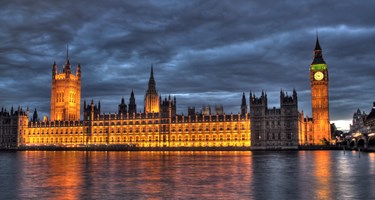 The latest on cladding and building safety from the government
The latest on cladding and building safety from the governmentFind out what the government has said recently on cladding and how it is affected by coronavirus.
The latest on cladding -
 My building - FRAs, documents and newsletters
My building - FRAs, documents and newslettersView your building's fire risk assessment (FRA) and other documents , including fire evacuation strategy, building safety and estate updates.
My block documents (FRAs) -
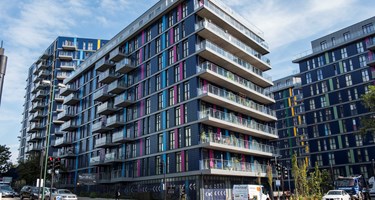 EWS1 forms - FAQS
EWS1 forms - FAQSSee when an EWS1 form is required and how the form came about.
EWS1 forms -
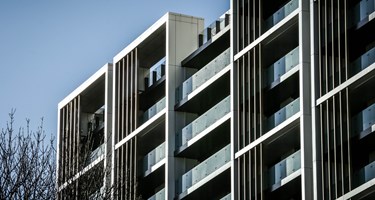 Cladding - FAQs
Cladding - FAQsGet the answers to all your questions about cladding on your building.
Cladding - FAQs -
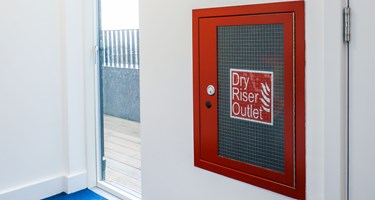 Fire safety tips
Fire safety tipsDo you know how to test your smoke alarm or top tips to prevent a fire?
Find out here -
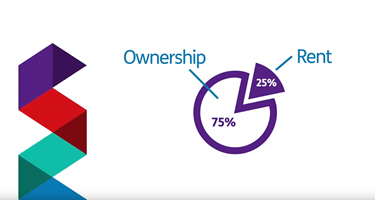 Selling, staircasing and remortgaging - FAQs
Selling, staircasing and remortgaging - FAQsAll the answers for shared owners and leaseholders on the situation at your building.
Selling, Staircasing and remortgaging - FAQs -
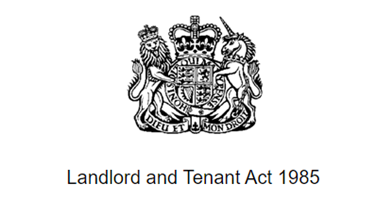 Who pays for building safety work? Section 20 - FAQs
Who pays for building safety work? Section 20 - FAQsFind out about the leasehold consultation process known as Section 20.
Section 20 - FAQs -
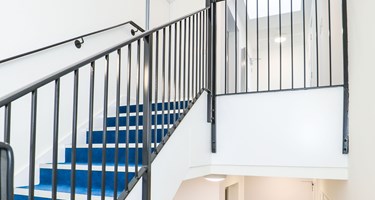 Vulnerabilities - help to evacuate
Vulnerabilities - help to evacuateIf you live in a block with a waking watch and think you or a member of your household needs help to evacuate, let us know.
Vulnerabilities -
 Resources for residents
Resources for residentsInformation on organisations who may be able to offer you independent advice.
Resources for residents -
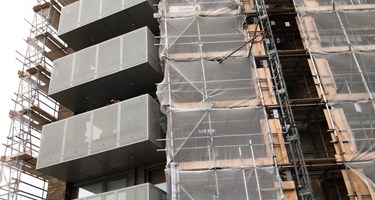 Support with building safety work costs
Support with building safety work costsFind out about applications for interest free loans to help pay for building safety remedial work.
Support with building safety work costs -
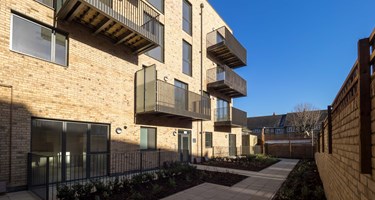 Buildings below 18 metres
Buildings below 18 metresWhat does it mean if you live in a mid or low rise building?
Buildings below 18 metres

